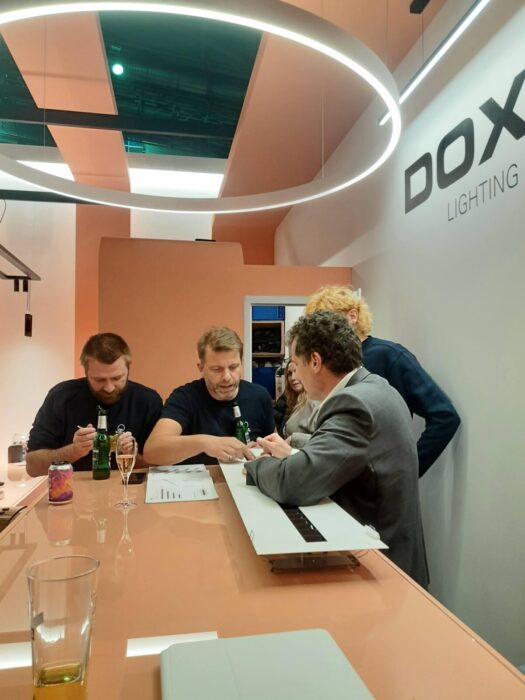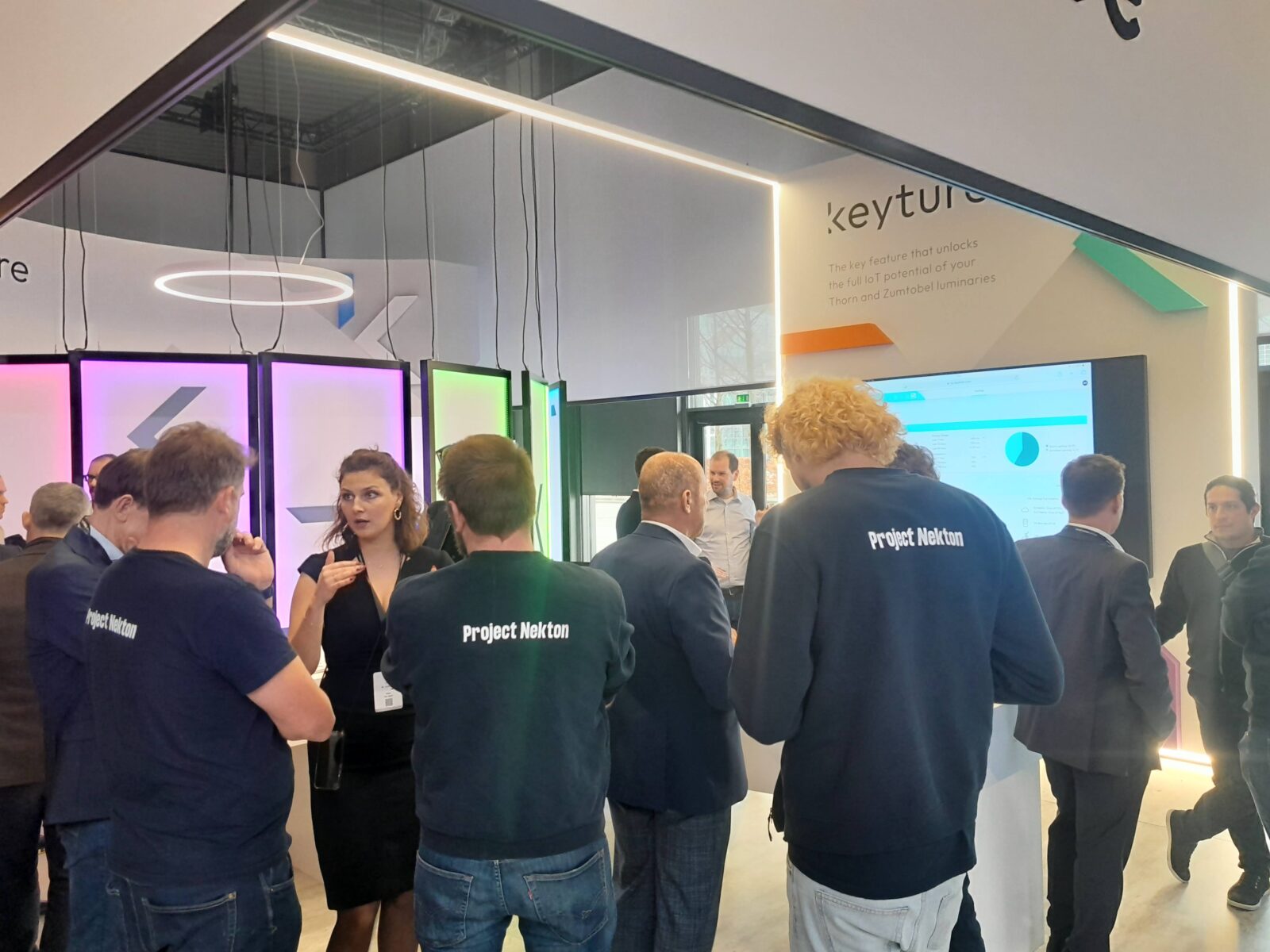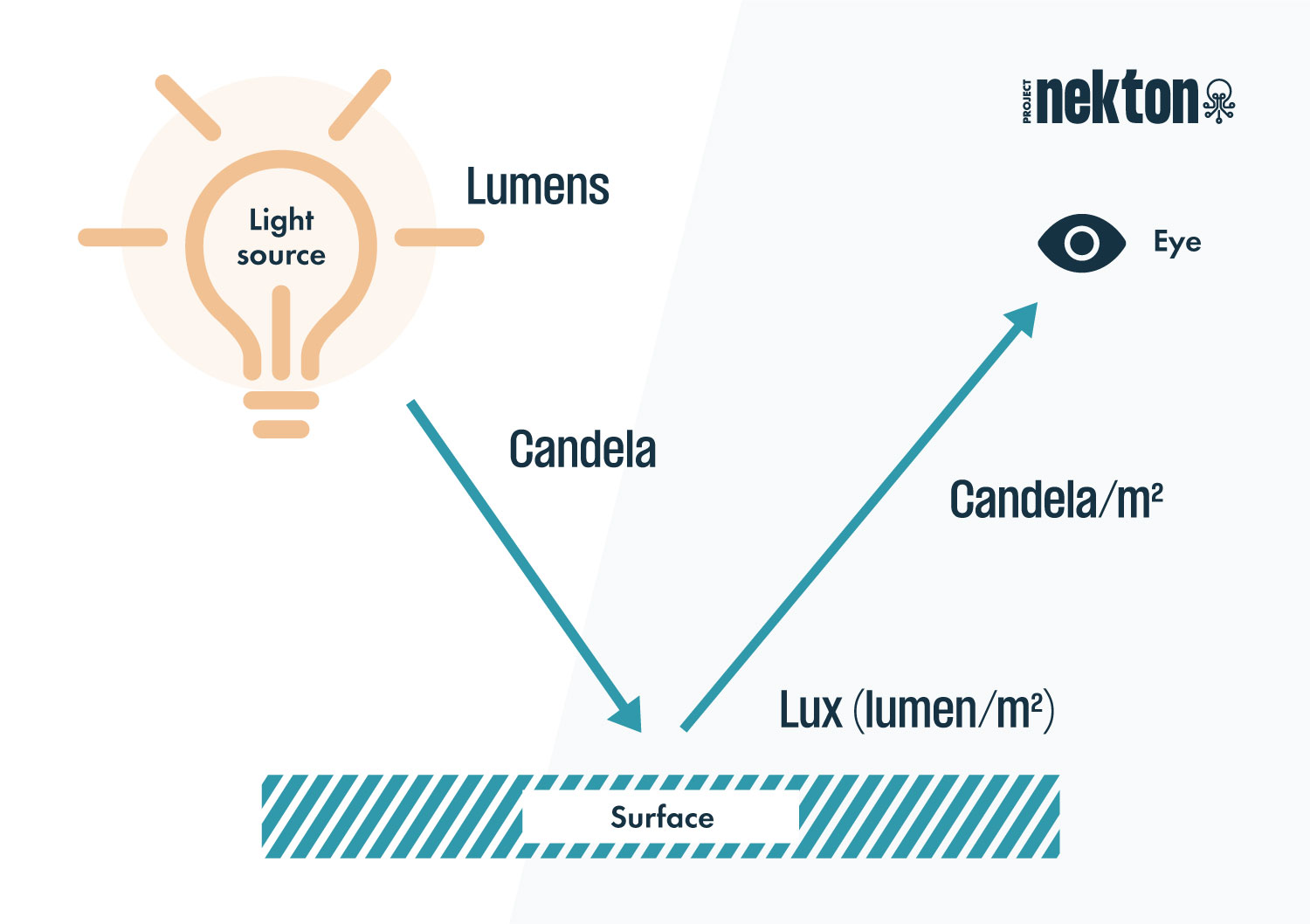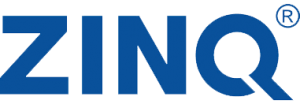The Project Nekton team headed to Frankfurt last week to discover the latest lighting trends and innovations at the Light + Building trade show, the largest lighting-related trade show with over 2,000 exhibitors.
With an emphasis on circularity, we learned a huge amount about the future of the lighting industry, new technologies and interesting trends. In this blog we would like to share our key insights and take-aways from this interesting event!

Circularity has many faces
In the dialogue on sustainability, the concept of circularity is coming up more and more often. Brands and players in the lighting sector are explicitly developing and implementing circular strategies, a trend that clearly shows how the lighting industry is undergoing a major shift. The diversity in approach and interpretation of circularity within this transition is fascinating. It shows that sustainability takes on a unique interpretation for each player.
For some, circularity means a focus on the design of their products, focusing on modularity and repairability. This approach seeks the long-term usability and ease of maintenance of materials and fixtures. On the other hand, some brands emphasize the selection of high-quality base materials and products to extend their lifespan, emphasizing another dimension of sustainability.
It is becoming clear that within the lighting industry there is no uniform definition of exactly what circularity means. Concepts such as ecodesign, modularity, retrofitting, refurbishable, recyclable, and biodegradable are constants in discussions of sustainable lighting. This variety of approaches and interpretations underscores the complexity and versatility of circularity within the lighting sector.
It demonstrates that multiple paths lead to a more sustainable future, each with their own unique benefits and challenges.
Our take on circularity
At Project Nekton, we are well aware that circular lighting is a continuous evolution towards a more efficient use of our materials and resources. Every step we take brings us closer to our ultimate goal. Therefore, we keep a close eye on the various actions under the circularity banner so that we can constantly learn and adapt our own approaches. Striving to make better use of existing resources is a journey with no end in sight. The question remains: how can we close this cycle even further?
At Project Nekton, we consider and integrate circularity into our entire approach, from lighting study to installation and aftercare. In doing so, we lean on the Waste Hierarchy scheme, as established in the European Commission’s Waste Framework Directive. Our primary objective is to avoid waste as much as possible. When waste is unavoidable, we ask ourselves how best to handle it. This simple but effective framework enables us to optimize material use at every project stage and reduce our ecological footprint step by step.

We ask critical questions such as: Where can we use fewer materials? How can we reuse existing materials? What do we do with materials that are at the end of their useful life? And how can we extend the life of our products? These are the key questions that shape our circular approach and lead us to innovative solutions for a more sustainable future.
At Project Nekton, we recognize that circularity is more than just an objective; it is a continuous commitment to improvement and innovation.
Our Light-as-a-Service (LaaS) also fits perfectly into this circular picture. Read more about it here.
A new step toward interconnectivity across brands and platforms
In an increasingly digital and interconnected world, it is clear that the future consists of technologies that cross borders and facilitate collaboration. Our belief that an integrated approach is essential for progress is confirmed time and again by the latest technological developments. Important here is the ability to offer brand-independent total solutions, an approach that, however, is not yet standard in the industry.
Traditionally, each technology or product developer has launched its own platform or management system linked to specific brands. From a business perspective, this seems logical, but from a customer perspective, it raises questions. Is this segmented approach really what is best for them?
The solution could lie in embracing APIs or open-source models, which could form the basis of a dynamic ecosystem that is constantly evolving with customer needs at its core. This would not only increase interoperability between different systems and devices, but also provide a more user-centric experience.
Modern buildings are now more equipped with Internet of Things (IoT) technology than ever before, paving the way for an unprecedented level of connectivity. Systems and devices within these smart buildings can communicate and synchronize, leading to optimized performance and utilization. Crucial to this is the ability for real-time monitoring and management by building operators or maintenance managers, who can thus get the most out of these smart systems.
This advanced level of control and flexibility also extends to employees within these buildings, who are given the ability to customize spaces to meet their specific needs. All this contributes to significant energy savings and reduced emissions, once again underscoring the potential of interconnectivity and collaboration between different brands and platforms.
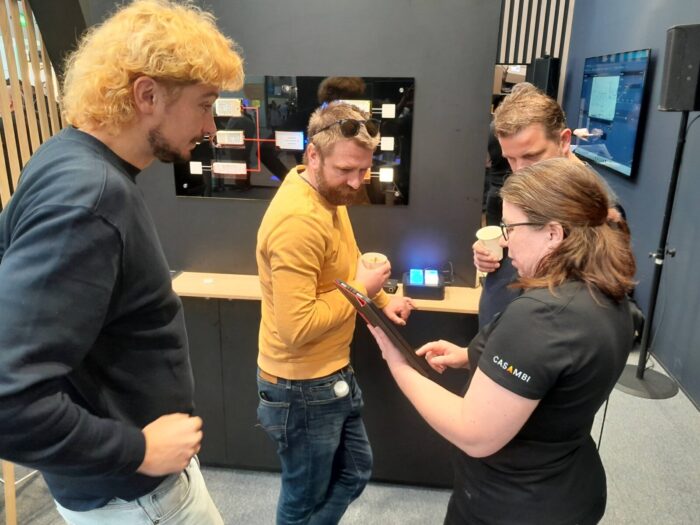
Human-Centric Lighting: de opvallende afwezige
During our visit to Light + Building, we were struck by how surprisingly little attention was paid to Human-Centric Lighting (HCL) and the critical importance of lighting to human comfort and well-being. In a world where we spend on average about 90% of our time indoors, you would expect that human well-being through good lighting would be a central theme at such a premier event. This begs the question: is the importance of HCL taken for granted, or is it simply still under-researched in the industry?
At Project Nekton, we consider Human-Centric Lighting not just a trend, but a fundamental aspect of our philosophy and a crucial driver in all of our projects. Our goal is to increase employee well-being through better light, regardless of industry. Each project requires a unique focus: in the healthcare sector, for example, it’s about promoting patient recovery, while in the industrial environment, worker safety is paramount. In office buildings, the right lighting can significantly increase productivity, and in educational institutions it supports an optimal learning environment.
Clearly, each application has its own specific needs when it comes to lighting. At the beginning of each project, we work closely with our clients to determine which lighting solution best suits their specific context.
Human-Centric Lighting may not have received the attention it deserves at Light + Building, but it remains a central theme in our mission to make a positive impact on human well-being through lighting. Want to learn more about the benefits of human-centric lighting? Explore our blog about it here.
Other innovative trends
In addition to the core themes of sustainability and human-centric design, Light + Building 2024 brought to light a few notable innovations and trends that are definitely worth mentioning.
Nature-Centric Lighting: harmony with nature

One notable development is the increasing focus on “nature-centric lighting. This approach recognizes the importance of outdoor lighting that harmonizes with the needs of the natural environment and its inhabitants. Increasingly, we are seeing outdoor lighting equipped with red lighting. This type of light is less invasive to animals and helps reduce light pollution. It is a step forward in our efforts to minimize our impact on the natural world, while still enjoying the benefits of lighting in our outdoor spaces!
Integrating acoustics into lighting fixtures
Another intriguing trend is the integration of acoustics into lighting fixtures. Office building design is increasingly seen as a holistic process, where every element – from furniture to materials – fits together seamlessly. Integrating acoustic panels into lighting fixtures creates an office space that is both aesthetically pleasing and functional. This innovation makes the best use of available space and materials, resulting in a working environment where comfort and functionality go hand in hand.
These two trends – nature-centric lighting and the integration of acoustics into lighting fixtures – demonstrate that the lighting industry is constantly evolving and adapting to the needs of both people and nature. By continuing to develop innovative solutions, we contribute to a more sustainable and livable world, for everyone!

